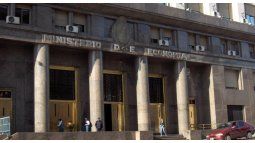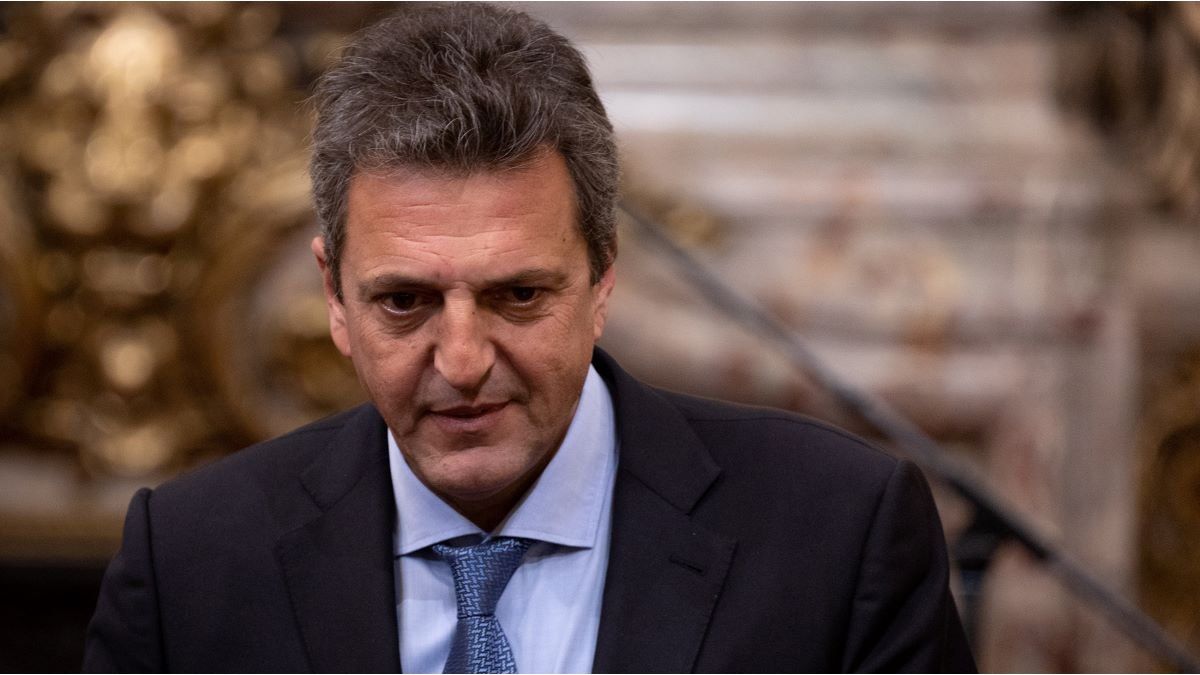In addition to the impact of the drought on the Argentine economy, the minister will reiterate his arguments regarding the effects that the war left for the country in 2022 in commercial and fiscal matters.
In addition to the demands for flexibility due to the consequences of the drought on the Argentine economy, Sergio Massa leads Washington for their meetings this week at the White House and at the International Monetary Fund their numbers on the cost to the country that during 2022 provoked Russia’s invasion of Ukraine. The head of the Palacio de Hacienda will reiterate the claim for US$4.940 million, which according to the calculation of the ministry itself had the macro effect of the war started by Vladimir Putin through the consequences on the loss of tax revenue and, fundamentally , fuel import expenses.
The content you want to access is exclusive to subscribers.
The number was prepared at the beginning of the year in the office of the vice minister, Gabriel Rubinstein; and despite the fact that since 2022 Kristalina Georgieva promised to take it into account to evaluate the evolution of the goals to be met by Argentina during 2023, it has not yet been considered, unlike the consequences of the drought, which were attended to by the technical staff of the organization and its managing director.


The maximum hypothesis of the Ministry of Economy is that the IMF recognizes the cost and the money, and establishes a direct aid plan through the transfer of foreign currency that would arrive via DEG; that could be drawn in whole or in part, this year in its entirety or in 2023 and subsequent years.
Massa presented in India the paper on the cost of the war in Ukraine, before his G20 colleagues. The general lines of what the Palacio de Hacienda claims are the following:
- The war in Ukraine caused important changes in the world economic scenario, which generated a negative effect of US$4,940 million in the trade balance which is attributed to a general shock of international prices in the agricultural sector (soybean 9.4%, wheat 33.7% and corn 17.8%) and on the price of fuels (Bolivian gas 114%, LNG 233% and diesel 85%).
- An exponential increase in the deficit of the energy sector in the trade balance is observed with respect to the winter months of 2021.
- To quantify the impact of this price increase, a simulation exercise can be carried out on the value of imports during 2022, if prices were the same as during the previous year. Projections indicate that fuel imports will reach US$13,279 million. The difference of US$4,246 million implies a significant negative effect on the Argentine trade balance, raising the dollar requirements to carry out these imports.
- Regarding the fiscal impact, the fuel price shock generated an increase in the energy subsidies transferred by the national State during 2022. According to the calculations made, it is expected that the transfers in concept of subsidies will amount for this year to$1.8 trillion.
- If the prices of 2021 and the energy strategy of 2022 are taken, that is, the amounts of each energy source are used according to the prices in force during that year, the subsidies to the CAMMESA company would amount to $898,117 million. Within the subsidies to CAMMESA, 60% corresponds to residential demand. In the gas market, the subsidies would have amounted to $290,425 million, $135,239 million for IEASA for the import of LNG and gas from Bolivia and $76,978 million under the Gas Plan.
- There was also a fertilizer price increase and it is estimated that Argentina imports 70% of the fertilizers it uses for its agricultural production. Assuming an import for the year 2022 equal to that carried out for the period 2020-2021, and maintaining the current prices during the first half of 2022, imports of fertilizers would amount to u$s4.4 billion during all of 2022. Representing an increase of 93% compared to to imports in 2021, which amount to u$s2,285 million.
- On the other hand, there was an increase in the shipment of freight, as a result of the end of the pandemic and the Russo-Ukrainian war has increased the sea freight cost for the period 2021-2022. Being able to attribute the largest increase in the price of freight to bottlenecks after the pandemic emerged. The Rosario stock exchange estimates an increase in costs to export the harvest close to 62% compared to the 2020-2021 campaign, which represents an increase of US$1.8 billion. Regarding imports, the Rosario stock exchange estimates an additional cost of US$1,217 million for imports in 2022.
Source: Ambito




